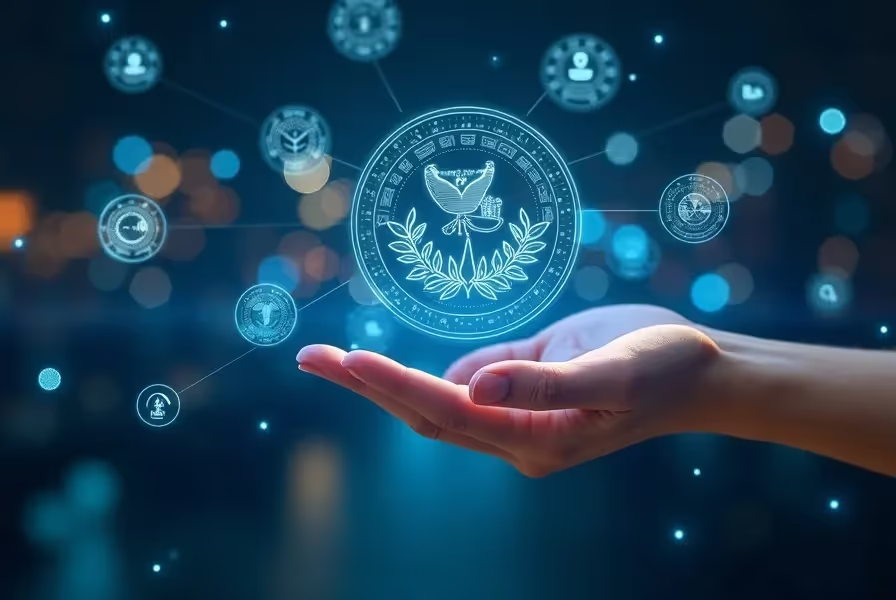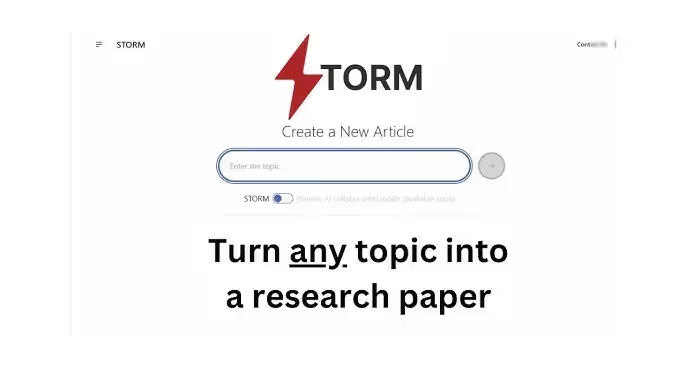How Artificial Intelligence Enhances ISO Audit Management
Integrated ISO audits can be complex. You may need to align multiple standards like ISO 9001 (Quality Management), ISO 14001 (Environmental Management), and ISO 27001 (Information Security). Using AI to support integrated ISO audits helps you streamline operations, reduce manual work, and improve compliance accuracy.
Artificial Intelligence (AI) transforms how you plan, execute, and track audit requirements. From document review to risk assessment and reporting, AI tools offer real-time insights for better decision-making.
What Is an Integrated ISO Audit?
An integrated ISO audit evaluates compliance across multiple ISO management systems at once. Instead of conducting separate audits for each standard, you can combine them for a more efficient process.
Common standards included in integrated audits are:
- ISO 9001 – Quality Management Systems
- ISO 14001 – Environmental Management Systems
- ISO 45001 – Occupational Health and Safety
- ISO 27001 – Information Security Management Systems
Integrated audits help reduce redundancy, promote harmonized procedures, and improve your management reviews. AI tools can boost these benefits even further.
Benefits of Using AI in ISO Compliance and Auditing
When you use AI-driven tools for ISO audits, you can expect smarter compliance. Here’s what AI brings to the process:
- Automated Document Review: AI scans your manuals, forms, and procedures to ensure they meet ISO criteria.
- Real-Time Risk Insights: Machine learning identifies emerging risks before they impact your systems.
- Smart Audit Planning: AI recommends audit schedules based on operational trends and past findings.
- Data-Driven Reporting: Automatically compiles dashboards and audit reports with relevant metrics and non-conformities.
- Continuous Improvement: Tracks performance indicators and suggests areas for corrective action.
AI does not replace the human touch. Instead, it supports auditors and quality managers by automating routine tasks, so you can focus on critical thinking and decision-making.
How to Integrate AI Tools into Your ISO Audit Process
Adopting AI in your ISO auditing process requires strategic implementation. Follow these steps to align AI integration with your management systems:
- Assess Your Audit Needs: Identify which processes take the most time or create the most risk.
- Select the Right AI Platform: Choose software that supports ISO standards and can analyze structured and unstructured data.
- Train Teams on AI Tools: Help auditors and compliance officers understand AI’s capabilities and limitations.
- Test with Pilot Audits: Begin with a small-scale audit using AI support before rolling it out organization-wide.
- Maintain Data Integrity: Ensure your data is clean, updated, and secure to support accurate AI results.
Keep in mind that AI tools should work within your established procedures, not override them. They should align with ISO audit principles such as objectivity, evidence-based findings, and risk-based thinking.
Examples of AI Applications in ISO Standard Integration
AI tools can assist in every phase of an audit cycle. Here are practical ways organizations are applying AI across integrated ISO systems:
- Natural Language Processing (NLP): Reviews compliance documents to identify deviations from ISO requirements.
- Predictive Analytics: Helps forecast potential non-conformities based on past data patterns.
- Computer Vision: Analyzes visual data during facility inspections to confirm safety compliance (ISO 45001).
- Robotic Process Automation (RPA): Automates the collection and comparison of audit evidence from multiple departments.
These tools reduce human error and help assure consistency across all ISO standards.
FAQ: Common Questions About AI in ISO Auditing
Can AI automate the entire ISO audit process?
No. AI supports but does not replace human auditors. You still need human oversight to validate findings, interpret context, and ensure ethical compliance.
Is AI suitable for small and medium-sized enterprises (SMEs)?
Yes. Many cloud-based AI tools are scalable and cost-effective. SMEs can benefit from time savings and improved accuracy in audits.
Will AI make audits more difficult to manage?
Not if implemented correctly. AI simplifies data collection and analysis. With proper training, your audit team can use AI as a powerful partner.
Are AI-driven audits accepted by ISO certification bodies?
AI tools are accepted when used as part of an established audit methodology. The final judgment and report must still be completed by qualified personnel.
Best Practices When Using AI for Integrated ISO Audits
Follow these best practices to ensure success in using AI for ISO audit support:
- Maintain transparency about AI use in your audit methodology
- Keep manual override options for critical decision points
- Regularly validate AI outputs against audit evidence
- Update your AI systems based on audit findings and new ISO updates
Your goal is to enhance—not complicate—your integrated management system audits. AI should empower your compliance teams and improve audit effectiveness.
Preparing Your Organization for the Future of AI in Audits
The integration of AI in ISO audits isn’t just a trend. It’s a strategic shift in how quality, safety, and security management evolves. As regulatory standards become more rigorous, AI equips you with the tools to stay compliant and competitive.
Start small, stay informed, and encourage internal buy-in across departments. When you align AI capabilities with your audit goals, you open the door to continuous improvement and long-term cost savings.
Let technology help you lead a more resilient, efficient, and audit-ready organization.















.svg)



